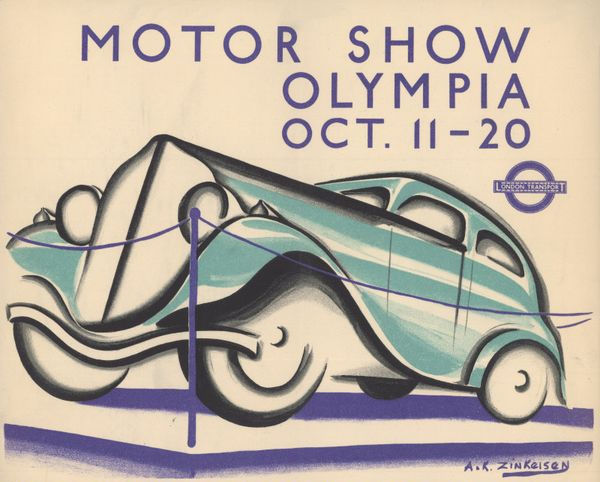Ancient Murals of Two-Faced Men Discovered in Peru
- Editor OGN Daily
- Apr 17, 2023
- 1 min read
Updated: Nov 10, 2024
In northern Peru’s Nepeña Valley, archaeologists have discovered murals of two-faced men in golden headdresses, at an architectural complex called Pañamarca.

One image depicts a man holding a feather fan and a goblet, from which four hummingbirds drink. In another, a man holds a feather fan, as well as an unknown object that’s now partially obscured.
Estimated to be 1,400 years old, these murals are impressive for their elaborate detail alone. But researchers say they’re also unique: Such images have “never before [been] seen in Moche art or any other pre-Hispanic tradition of the Andean region,” says Jessica Ortiz Zevallos, the Peruvian director of the Archaeological Research Project.
Experts think that the Moche people, who lived on Peru’s northern coast and predated the Inca Empire by several centuries, constructed the site between 550 and 800 C.E.

The unusual murals were found on a pillar inside a ceremonial hall. Experts don’t yet know what the two-faced men represent, but they may allude to cosmic realms.
“The Pañamarca murals are truly spectacular,” Edward Swenson, an archaeologist at the University of Toronto, told Live Science. The new discoveries “will no doubt significantly aid archaeological and art historical efforts to reconstruct the cosmological meanings and religious narratives of Moche iconography.”
Archaeological work at Pañamarca has been ongoing for more than 50 years, it's estimated that researchers have uncovered less than 10 percent of the paintings at the site.



